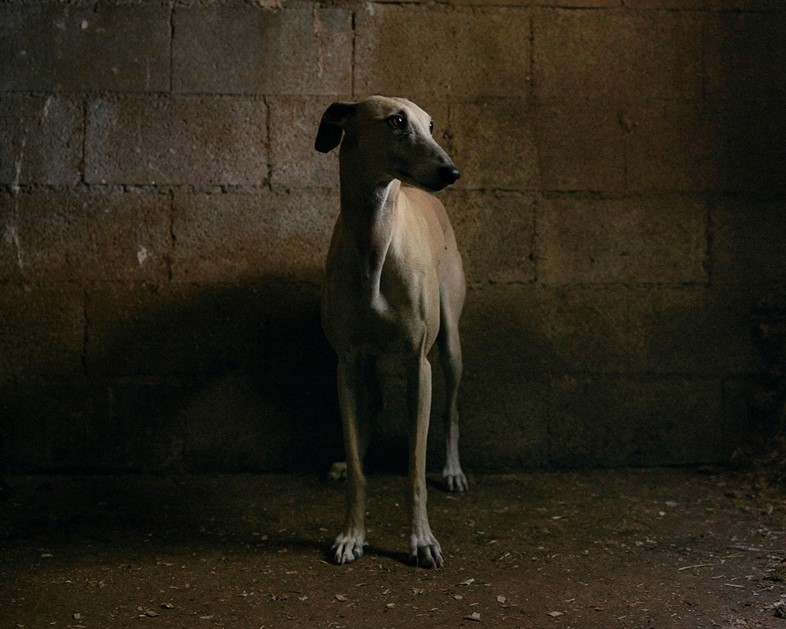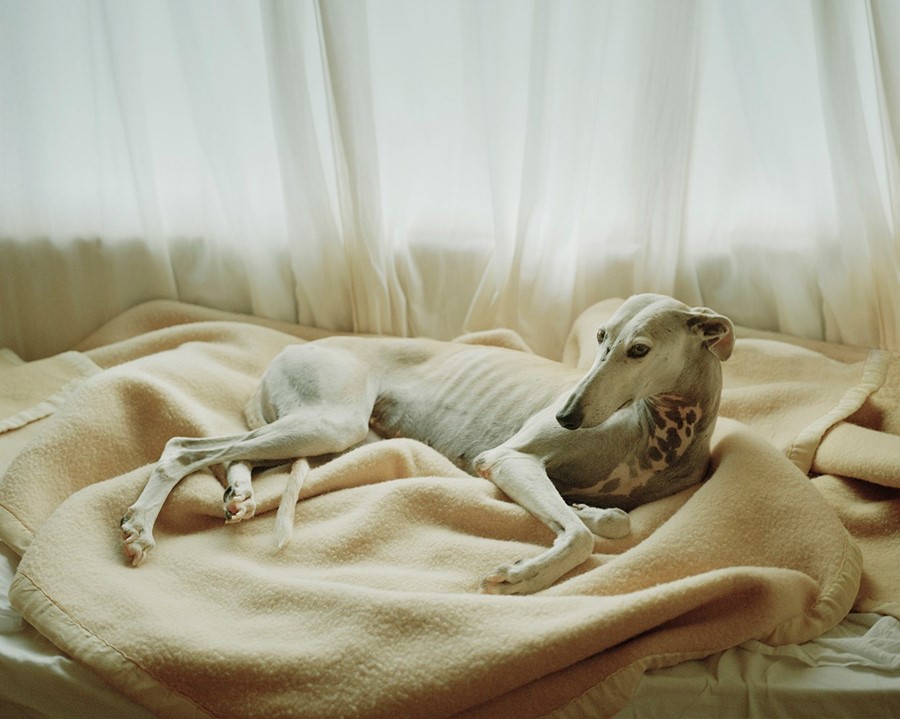A beautiful photo series, featured in the latest issue of Four&Sons, explores the plight of abandoned hunting dogs
Continuing with our celebration of brilliant independent publications, we can't get enough of Four&Sons, the perfectly curated magazine devoted entirely to "interesting people and their interesting dogs." A delightful collision of canines and culture, the magazine has just published its third issue, featuring over 20 dog-loving creative types (from Mary Ellen Mark to David Lynch) and one legendary Tokyo groomer. Here, we present an extract from one of the issue's most beautiful and moving pieces about rescued Spanish hunting dogs by photographer and writer Martin Usborne, alongside images from his new book Where Hunting Dogs Rest.
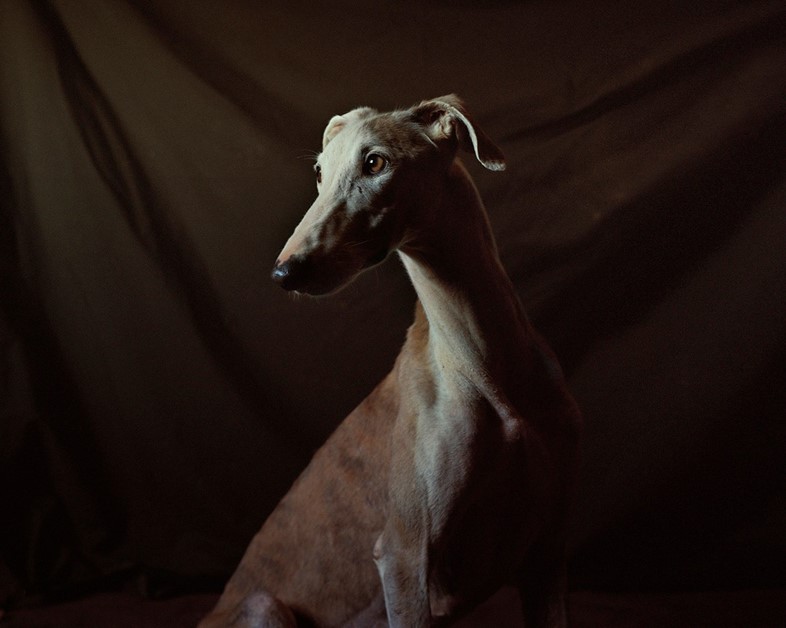
Spanish hunting dogs have had a remarkable fall from grace. These elegant hounds, used for centuries to course hares across the winter landscape in rural Spain, have chased a journey from historical heaven to modern-day hell. Owned by 12th-century aristocracy, they once appeared in classical paintings and were passed down in noblemen’s wills. Nowadays, the galgo, or Spanish greyhound, as well as the commonly overlooked podenco, a smaller dog used for hunting in more hilly territories, are regularly found in rescue centres, or discarded by the sides of motorways.
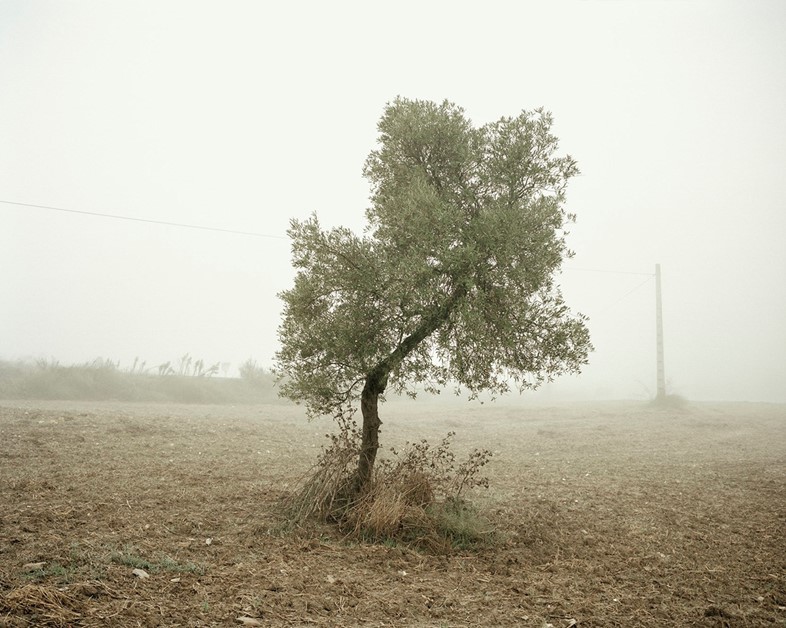
Abandonments occur in late winter when the hunting season is finished and many dogs are considered too old, too slow, or too expensive to be kept for the next season. Those that have performed badly may also suffer ‘punishments’, the most notorious being ‘playing the piano’, where dogs are hung from a tree so that their feet tap out a silent tune to accompany a gradual death. Thankfully this is becoming more rare.

The images I have taken for the book Where Hunting Dogs Rest do not look directly at this pain. They move around the edges. Pictures of cruelty can be easy to look away from. Pictures of untainted prettiness, of doe-eyed rescue dogs staring lovingly into the camera, can be too saccharine to have impact.
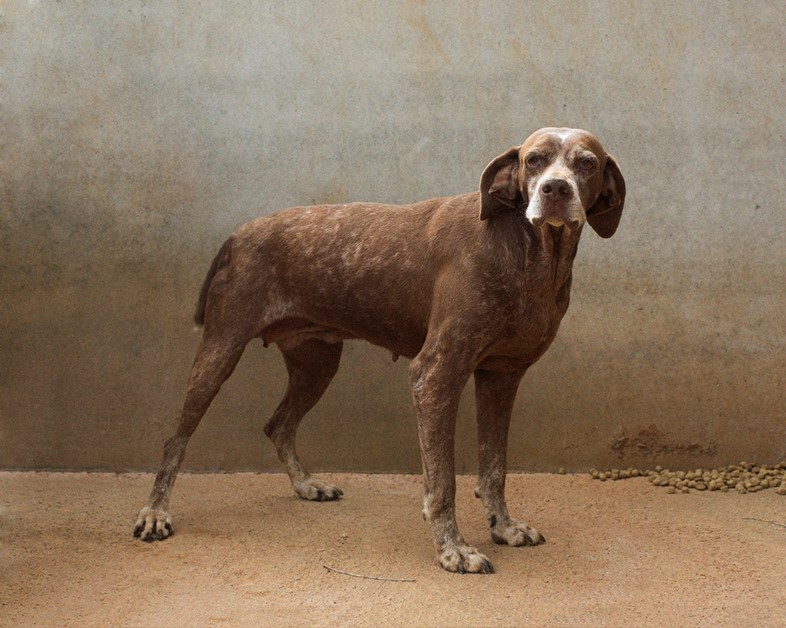
The photographs shown here – of dogs in rescue centres alongside the landscapes where they are typically abandoned – attempt to show both the beauty of these dogs and the brutality of their situation. Majesty and misery intertwined. The animals you see here are the lucky ones. Each dog has been housed by a charity rescue centre, which provides a small enclosure where a dog may rest but will often wait for years to be adopted. Some of the animals are weak, many are fearful, but most possess a classical elegance that remains intact despite their trauma.
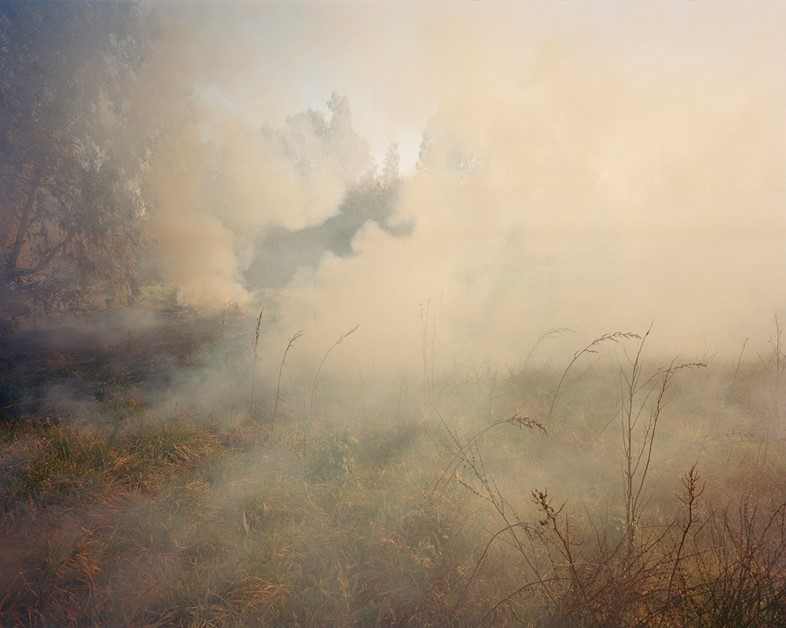
The landscapes show the places where the dogs are typically abandoned, where many find a different kind of rest: the sides of roads, open rivers, vast ravines, deep wells, branched trees, bare plains, and the edges of town.

The photographs are inspired by the work of the 17th-century Spanish painter Velázquez. Velázquez painted people, not animals, and preferred interiors to landscapes, but he worked at a time when galgos were still revered. Born in Seville, Velázquez then moved up to Madrid, passing through the territory where so many dogs have hunted. His use of rich deep browns, burnt greens, and dramatic lighting captures not only the mood of a regal Spain, but also the intensity of these dogs’ current situation.
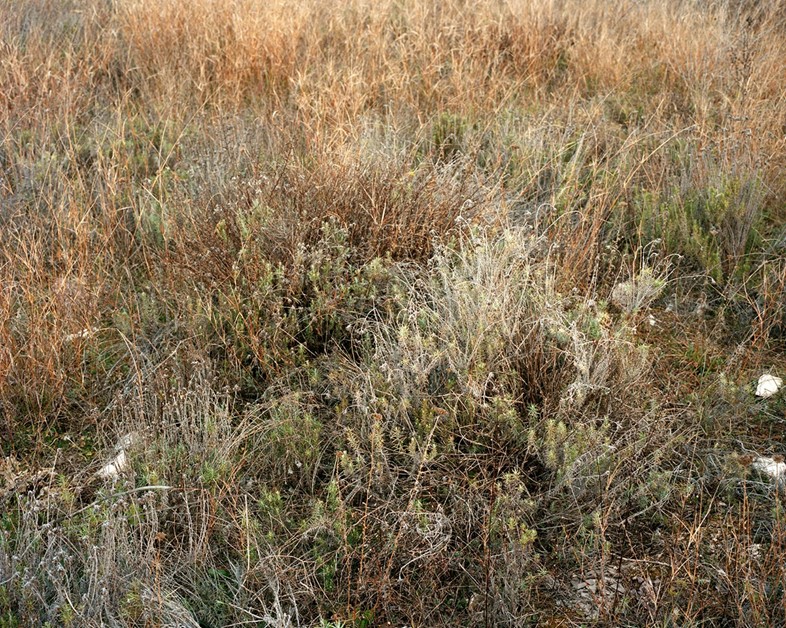
Read the full article in the new issue of Four&Sons, out now. A percentage of sales from Where Hunting Dogs Rest and associated prints will be donated to galgo rescue centres. To find out more, adopt, volunteer, or donate, visit: Fundación Benjamín Mehnert and 112 Carlota Galgos.
